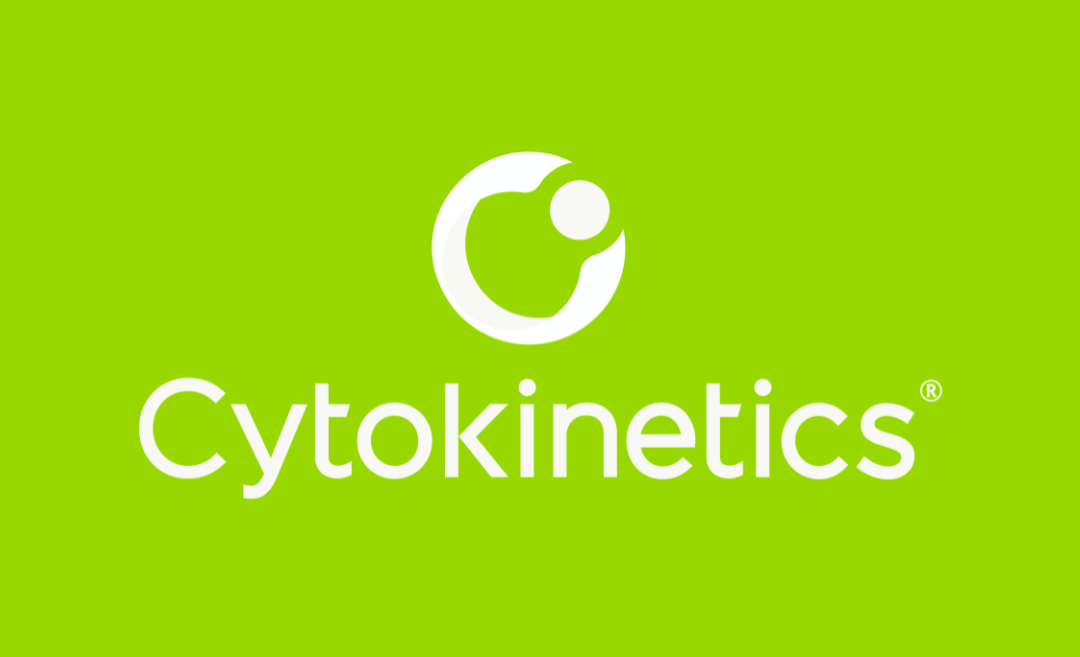Data presented at THT 2023 showed that Procyrion’s Aortix pump leads to rapid decongestion and improved kidney function in hospitalized patients with cardiorenal syndrome (CRS), representing a key milestone for Procyrion and potentially for CRS treatment.
CRS is a hard-to-treat condition defined by acute decompensated heart failure and worsening renal failure. CRS impacts 40% of patients with ADHF, many of whom are still congested after four days of therapy (up to 90%) and following hospital discharge (up to 60%).
The Aortix pump is designed to treat those unresponsive CRS patients. It’s placed in the descending thoracic aorta via a percutaneous catheter procedure (~45min), and is used to simultaneously unload and rest the heart and increase kidney perfusion.
The 10-center pilot study treated 18 CRS patients with the Aortix pump for an average of 4.6 days, after they didn’t respond to standard treatments for an average of 9 days. Following the Aortix pump treatments, the patients achieved:
- Rapid decongestion – shed an average of 10.7 liters of excess fluid
- Decreased filling pressure – CVP and PCWP dropped by over 33%
- Improved kidney function – eGFR increased by a median of 29% at 30 days
- Improved cardiac function – NT-proBNP decreased by a median of 34% at 30 days
- Reduced shortness of breath – symptoms reduced by 46% at 30 days
Roughly half of the patients experienced serious adverse events, although none involved death, device failure, thromboembolic events, or limb ischemia. All of the events were procedure-related, indicating a need to refine training materials and anticoagulation requirements.
This study didn’t generate much social buzz, and heart failure physicians will want to see how Aortix’s performance holds up in a RCT. However, most would likely agree that CRS therapy remains a large clinical problem, especially among unresponsive patients like those in this study.
More importantly than social buzz, the pilot study did seem to generate enough evidence to support Procyrion’s upcoming DRAIN-HF pivotal trial, which would put Aortix on track for FDA approval within three or four years if everything goes well.
The Takeaway
Procyrion still has plenty to prove, but these initial clinical results certainly show the Aortix pump’s potential to improve unresponsive CRS patients’ treatments and outcomes. That could be a big deal given the high-and-growing prevalence of CRS and the poor prognosis that unresponsive CRS patients face.





